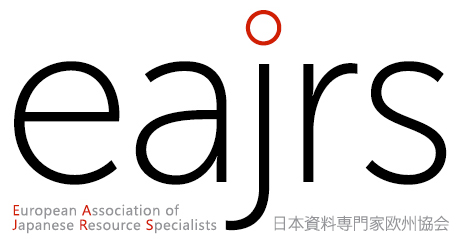Japanese language collection of literature in the All-Russia State Library for Foreign Literature (2021)
This analysis serves the purpose of informing Japanese resource specialists of a Japanese language collection of literature in the All-Russia State Library for Foreign Literature which is considered to be one of the most prominent and valuable libraries in Russia.
